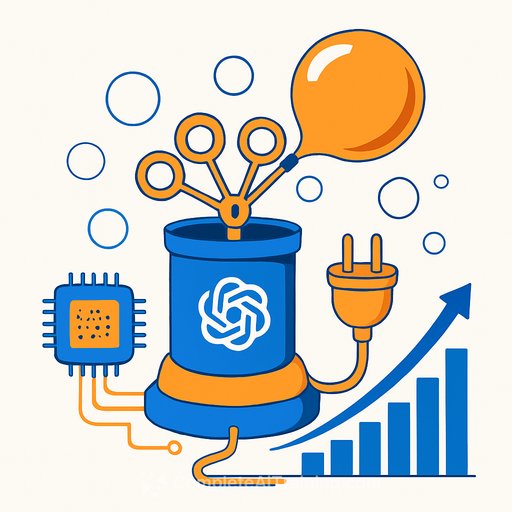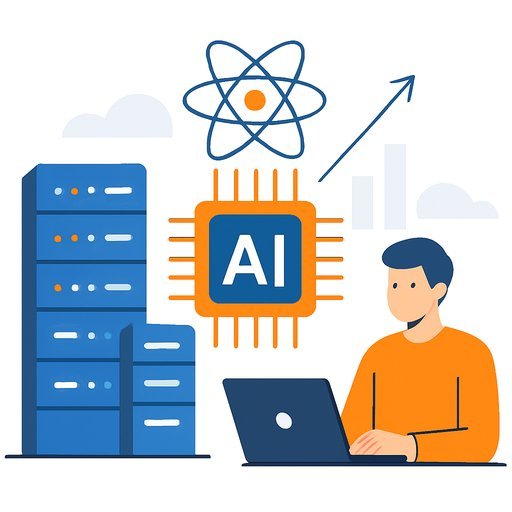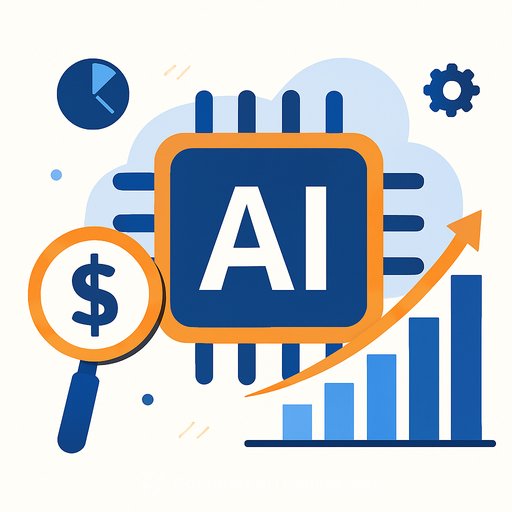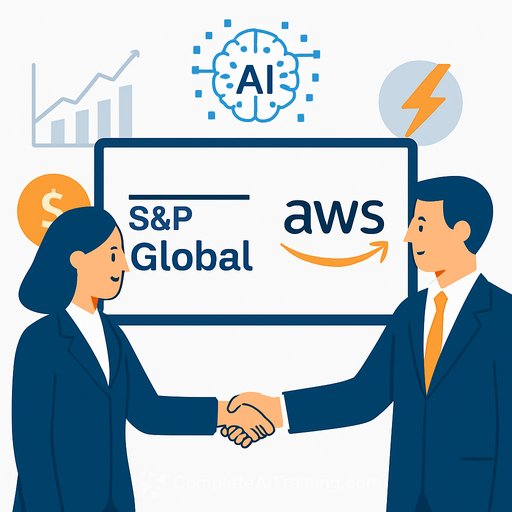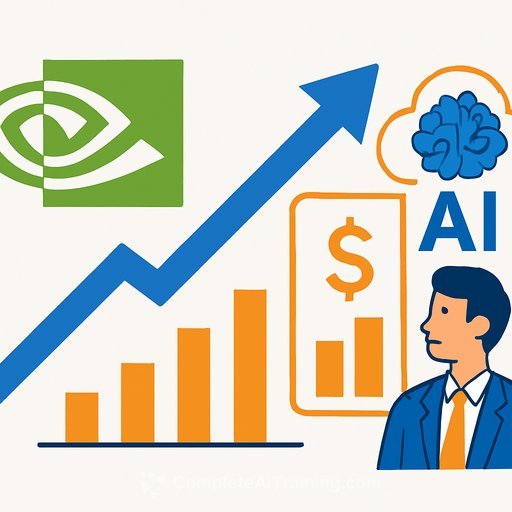OpenAI's $300B AI loop: what the next 36 months mean for capital, energy, and margins
OpenAI has set off a hardware cycle that binds chip vendors, infra lessors, and energy providers into one incentive loop. Multi-year deals with AMD and Broadcom cover roughly 16 gigawatts of compute between 2026 and 2029, with equity warrants and co-designed systems sitting on top of the Stargate expansion with Oracle and SoftBank. The headline: more than $300 billion in cumulative deployment tied to delivery schedules, energy availability, and utilization.
The setup creates a financing loop that can amplify both upside and drawdowns. Supplier equity, customer purchase obligations, and infra financing are now linked. If utilization lags, the loop tightens in the wrong direction. If it holds, cash flows can self-fund the next wave.
The circular AI economy in plain terms
AMD: 6 GW of Instinct GPUs with milestone-based warrants that give OpenAI exposure to AMD's equity path. Capacity expansion and vendor valuation are now partially tied together.
Broadcom: 10 GW of custom accelerators and racks, co-designed with OpenAI, rolling through 2029. If performance-per-watt improves meaningfully, unit costs for training and inference can reset.
Infrastructure + vendor financing: Nvidia's stake in CoreWeave and reported financing loops tied to OpenAI demand illustrate how supplier equity, infra revenue, and model consumption now move together.
Three execution gates for investors
- Utilization: Double-digit GW deliveries require enterprise AI revenue to keep clusters busy at return-supporting levels. With a large share of the index tied to AI narratives, any shortfall can swing indices through passive flows.
- Energy: Data center electricity demand is projected to climb steeply this decade. Expect a pivot to long-term power purchase agreements, on-site generation, and siting shifts to match 2026-2029 deployments.
- Cost curves: The Broadcom co-design is the cost lever to watch. Gains depend on toolchains, packaging, and memory bandwidth. Financials reflect this only as audited margins and contract pricing catch up from 2H26 onward.
Energy is the rate limiter
Grid availability and delivered cost per MWh will dictate how fast clusters become useful capacity. Interconnection queues and permitting can slip relative to hardware delivery, creating idle assets and deferred revenue.
Operators are moving toward multi-year energy contracts to derisk delivery schedules. Coverage ratios for energy should rise before first-wave installations go live, or else cash burn will widen when systems arrive.
Regulatory risk isn't static
The UK Competition and Markets Authority said in March 2025 that Microsoft's OpenAI partnership did not meet the bar for a merger case. That may be revisited if equity-linked supply deals increase concentration risk around access and pricing. It's a tail risk, but it sits on the same timeline as major deliveries.
Key contracts and milestones
- AMD - 6 GW | First deployments: 2H26 | Warrants tied to performance milestones benefiting OpenAI.
- Broadcom - 10 GW | First deployments: 2H26 | Target completion: end-2029 | Custom accelerators and racks co-designed with OpenAI.
- Oracle + SoftBank (Stargate) - 4.5-5.5 GW | Phased U.S. buildout | Five sites with partnership language referencing $300B+ over five years.
What to watch each quarter
- PO conversion: Framework deals vs. firm purchase orders in vendor filings and press updates.
- Utilization and backlog: Reported occupancy, waitlists, and consumption commitments from enterprise channels.
- Energy coverage: PPA volumes, on-site generation milestones, and interconnection status at Stargate sites.
- Unit economics: Training and inference cost per token/task as Broadcom systems ramp; look for margin proof, not promises.
- Financing loops: CoreWeave capital structure, any corporate actions, and changes in Nvidia's ownership that tighten or relax the loop.
- Regulatory signals: Any review of equity-linked supply agreements that could affect access or pricing for rivals.
Portfolio considerations
Index concentration is a second-order risk. With mega-cap weight high, capex guidance changes and AI headlines can produce outsize swings in passive portfolios. If utilization trails deliveries, expect multiple compression before cost curves catch up.
On the other hand, if Broadcom's efficiency gains land on schedule and AMD shipments align with energy readiness, the model shifts from circular to sustainable: usage-backed cash flows, higher asset turns, and cleaner return on invested capital.
Practical checklist for CFOs, PMs, and treasury
- Track energy contract coverage ratios alongside capacity delivery schedules.
- Map enterprise usage contracts by term, take-or-pay features, and minimums.
- Monitor conversion of framework agreements to binding orders in 10-Q/10-K and supplier disclosures.
- Stress-test scenarios where energy slips 6-12 months versus hardware arrivals.
- Watch reported performance-per-watt and memory bandwidth milestones in the Broadcom program.
- Quantify index exposure to AI capex narratives; consider hedges around key delivery windows (2H26-2029).
The 24-36 month window
The first Broadcom systems and AMD waves land in 2H26. Energy contracts need to be in place before that, and enterprise consumption must scale into 2027-2028. By the end of 2029, OpenAI targets completion of the Broadcom rollout; the financing loop should look either validated or strained well before then.
Related resource: For teams building AI capability in finance workflows, see a curated set of tools here: AI tools for finance.
Your membership also unlocks:

